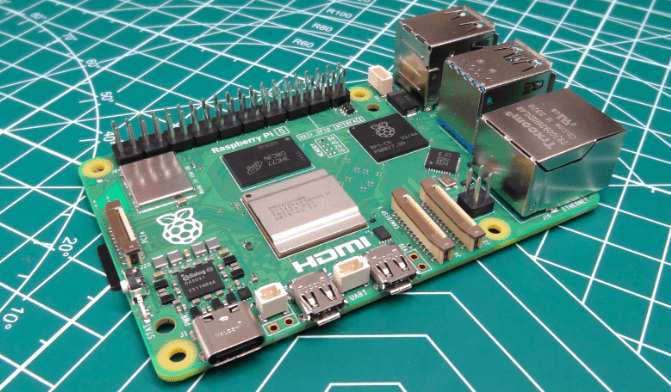What power supply for Raspberry Pi 5 and 5?

The Raspberry Pi 4 and Raspberry Pi 5 are powerful single-board computers with specific power requirements. Providing the right power supply is crucial for your device’s stable performance and longevity. This article will cover the power requirements for both Raspberry Pi 4 and 5 and how to power them via GPIO; this article will explain How to Power Supply Raspberry Pi 4 and 5
Power Requirements for Raspberry Pi 4
Official Power Supply
The Raspberry Pi 4 requires a reliable 5V USB-C power supply with a minimum of 3.0A current. The official Raspberry Pi power supply is recommended as it provides consistent and stable power, reducing the risk of Undervoltage, which can cause instability or performance throttling.
Alternative Power Supply Options
While the official power supply is preferred, you can use a third-party USB-C power adapter as long as it meets the following criteria:
- Output Voltage: 5V
- Output Current: At least 3.0A
Using a power supply that doesn’t meet these specifications can result in performance issues or even damage your Raspberry Pi 4.
Power Requirements for Raspberry Pi 5
Official Power Supply
The Raspberry Pi 5, being more powerful than its predecessor, requires a 5V USB-C power supply with a higher current rating. The recommended power supply should provide at least 5.1V and 5.0A to ensure stable operation under heavy loads.
Alternative Power Supply Options
Similar to the Raspberry Pi 4, third-party power supplies can be used with the Raspberry Pi 5, provided they meet these key specifications:
- Output Voltage: 5.1V
- Output Current: 5.0A
It’s important to avoid underpowering the Raspberry Pi 5, as it can lead to erratic behavior, crashes, or hardware damage.
Powering Raspberry Pi via GPIO
Overview
Both the Raspberry Pi 4 and 5 can be powered via the GPIO pins as an alternative to the USB-C port. This method is often used in embedded projects where space is a constraint or when integrating with other hardware.
How to Power via GPIO
To power your Raspberry Pi via GPIO, use the following pins:
- Pin 2 (5V): Connect this pin to the 5V power supply.
- Pin 6 (GND): Connect this pin to the ground of your power source.
Important Note: Ensure the power supply connected to these pins provides stable 5V and can supply enough current (3.0A for Raspberry Pi 4, 5.0A for Raspberry Pi 5). Incorrect voltage or insufficient current can damage your Raspberry Pi.
Read also Understanding Web Analytics: Key Metrics and How to Use Them
Dos and Don’ts for Powering Raspberry Pi 4 and 5
Dos
- Use the Official Power Supply: Always use the official Raspberry Pi power supply for the most reliable performance.
- Check Voltage and Current Ratings: Ensure any third-party power supply meets the recommended voltage and current specifications.
- Monitor for Undervoltage: If your Raspberry Pi displays a lightning bolt symbol, it indicates undervoltage. Switch to a more reliable power source.
Don’ts
- Don’t Use Inadequate Chargers: Avoid using smartphone chargers or other USB-C power sources not designed for Raspberry Pi’s power needs.
- Don’t Overload the GPIO Pins: When powering via GPIO, do not exceed the recommended current limits to avoid damaging the board.
- Don’t Ignore Power Indicators: Pay attention to warning symbols or unstable behavior, as these can indicate power issues that need addressing.
Conclusion
Choosing the right power supply for your Raspberry Pi 4 or 5 is essential for optimal performance and longevity. Whether using the official power supply or an alternative, ensure it meets the required specifications. For projects where space or design necessitates powering via GPIO, take care to provide a stable and adequate power source.



